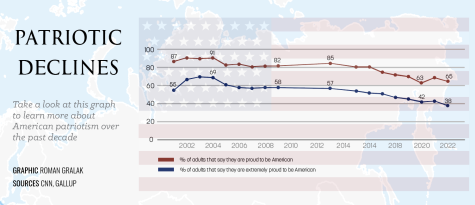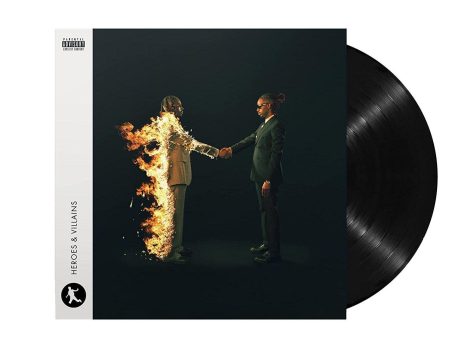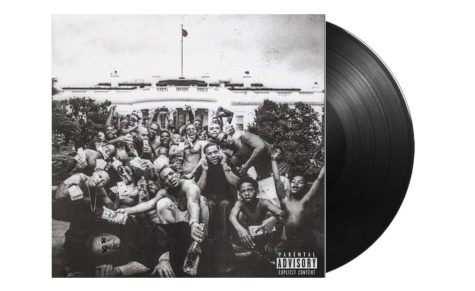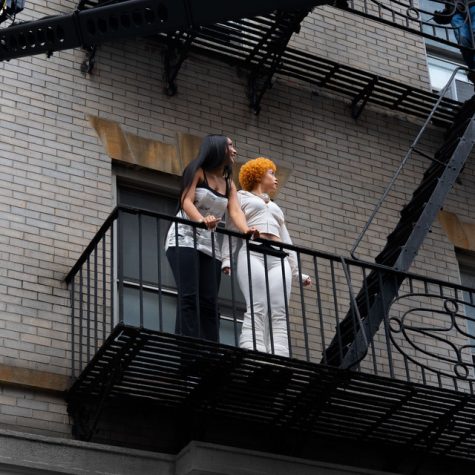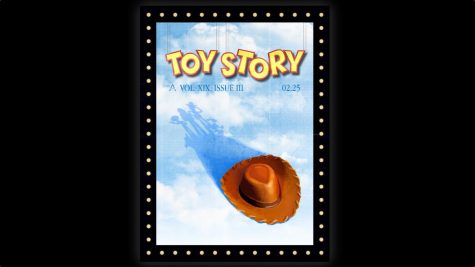Cry About It
Pixar’s impressive ability to create emotional stories using inanimate objects should be celebrated, developed further
 Most know the iconic opening clip by heart—a hush falls over the theater, the lights dim, and a squeaky, somewhat aggressive lamp leaps across the screen’s blue background, crushing PIXAR’s letter “I” before turning to the audience, inviting us into Pixar’s newest heartfelt creation. What will Pixar make us attached to and sob about over the next hour this time? Will it be cars? Toys? Robots? Fuzzy blobs? From the “Cars” franchise to “Toy Story,” Pixar’s films are known for taking the inanimate and transforming it into a heartfelt, emotional form of storytelling. Sure, we tackle the glowing void of afterlife in “Soul” and the marigold-lined, glittery world of “Coco,” but the real magic is Pixar’s ability to take inanimate objects and transform them into beings the audience laughs with, love and cry over. As an artist and an ardent consumer of animated content and general cinema, the Pixar team’s talents to create these feelings seem to boil down to a few notable qualities.
Most know the iconic opening clip by heart—a hush falls over the theater, the lights dim, and a squeaky, somewhat aggressive lamp leaps across the screen’s blue background, crushing PIXAR’s letter “I” before turning to the audience, inviting us into Pixar’s newest heartfelt creation. What will Pixar make us attached to and sob about over the next hour this time? Will it be cars? Toys? Robots? Fuzzy blobs? From the “Cars” franchise to “Toy Story,” Pixar’s films are known for taking the inanimate and transforming it into a heartfelt, emotional form of storytelling. Sure, we tackle the glowing void of afterlife in “Soul” and the marigold-lined, glittery world of “Coco,” but the real magic is Pixar’s ability to take inanimate objects and transform them into beings the audience laughs with, love and cry over. As an artist and an ardent consumer of animated content and general cinema, the Pixar team’s talents to create these feelings seem to boil down to a few notable qualities.
One central component is character design. Most designs are purposely catered towards popular culture and its current perception of what is “cute” and therefore “loveable.” For now, this means big eyes low on the head and far apart, large heads and short, thick legs with small feet—qualities similar to babies, eliciting a natural instinct to protect and care for a character. This is realized in characters like Nemo, the clownfish from “Finding Nemo,” and Pixar’s short film “Bao,” which, by the end of its seven-minute run, always has me in tears over the story and symbolism of a ball of dough, in part because of its exaggerated features. This character design is combined with certain innocent behaviors that draw audiences in and encourage us to connect with them. Along with this, Pixar is intentional about adding, or human features, to objects that don’t necessarily have conventional limbs or facial structures. With the vehicles starring in the “Cars” world, instead of arms, they have wheels, windows become eyes and rearview mirrors feel ear-like. However, there needs to be a subtle balance when bringing these characters to life, so they are just the right amount of human for us to attach to them without learning toward an uncomfortably humanoid, “uncanny valley” appearance—like Sonic the Hedgehog’s live-action design.
Pixar also follows a very reliable story template, which, combined with purposeful character design and music composition, creates the perfect waterworks effect. According to Preview, there is a specific step-by-step format Pixar follows, which includes pitting completely opposite personalities against one another and gradually having them grow and learn from the other, only revealing the story’s true lesson at the end. Pixar also examines heavy topics that speak to viewers both young and old, especially loss—loss of innocence, loss of friends, even loss of life. At the same time, amid tragedy, Pixar adds hopeful messages. The complicated and universal feeling of losing things important to you but rising above that is something that calls out to many. Wall-E watches the world end but builds a new world above the ruins by planting a seed. “Coco,” “Up” and “Onward” all depict the death of a beloved family member, but the protagonists learn to move forward, to appreciate the living while honoring the dead.
Animation is constantly seen as a medium only for innocent children’s content despite Pixar and many other animation studios’ depiction of real-life issues and emotions. As Pixar continues to explore more diverse stories like “Turning Red,” I hope to see that same Pixar magic developed into increasingly inclusive settings.

